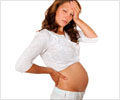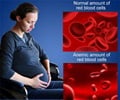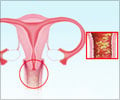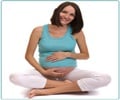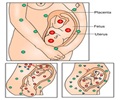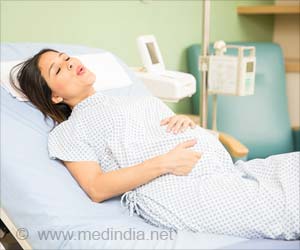A study in the Feb. 1 issue of the journal Sleep shows that the elevation in estradiol levels that occurs during pregnancy is more pronounced in pregnant women with restless legs syndrome (RLS) than in controls.
During the last trimester of pregnancy, levels of the estrogenic steroid hormone estradiol were 34,211 pg/mL in women with RLS and 25,475 pg/mL in healthy controls. At three months postpartum, estradiol levels had dropped to 30.73 pg/mL in the RLS group and 94.92 pg/mL in controls. Other hormone levels did not differ significantly between the study groups.According to the authors the data strongly suggest that estrogens play an important role in RLS during pregnancy. The study also supports previous reports of high RLS incidence in the last trimester of pregnancy when estradiol is maximally elevated.
"Our findings strongly support the concept that neuroactive hormones play a relevant pathophysiological role in RLS," said principal investigator Thomas Pollmacher, MD, director of the Center for Medical Health at Klinikum Ingolstadt and professor of psychiatry at Ludwig Maximilians University in Munich, Germany. "This information will increase the understanding of RLS in pregnancy and will assist in the development of specific therapeutic approaches."
The American Academy of Sleep Medicine describes RLS as a sleep-related movement disorder that involves an almost irresistible urge to move the legs at night. This urge tends to be accompanied by unusual feelings or sensations, called "paresthesias," that occur deep in the legs. These uncomfortable sensations often are described as a burning, tingling, prickling or jittery feeling. RLS can profoundly disturb a person’s ability to go to sleep or return to sleep after an awakening.
The AASM reports that RLS occurs 1.5 to two times more often in women than in men. Eighty percent to 90 percent of people with RLS also experience periodic limb movements (PLMs) during sleep, which are involuntary jerking or twitching movements of the feet or legs.
According to the authors RLS symptoms often occur for the first time during pregnancy. Symptoms typically worsen during pregnancy and improve or even disappear after delivery. The risk of developing RLS increases gradually with the number of pregnancies.
The study also found that women with RLS had more PLMs than controls before and after delivery. PLMs decreased significantly after delivery in women with RLS and stayed low in women without RLS.
Only minor differences appeared between the two study groups in subjective sleep quality and objective sleep measures. One explanation suggested by the authors is that only RLS patients who did not need pharmacological treatment were selected for the study; RLS symptoms of participants were in the mild to moderate range.
Advertisement
Sleep data and leg movements were recorded during overnight polysomnography around the 36th week of gestation and again at 12 weeks postpartum. Blood samples were taken each morning after the polysomnography and before breakfast. Accompanying questionnaires on sleep and RLS symptoms also were collected.
Advertisement
SRM


